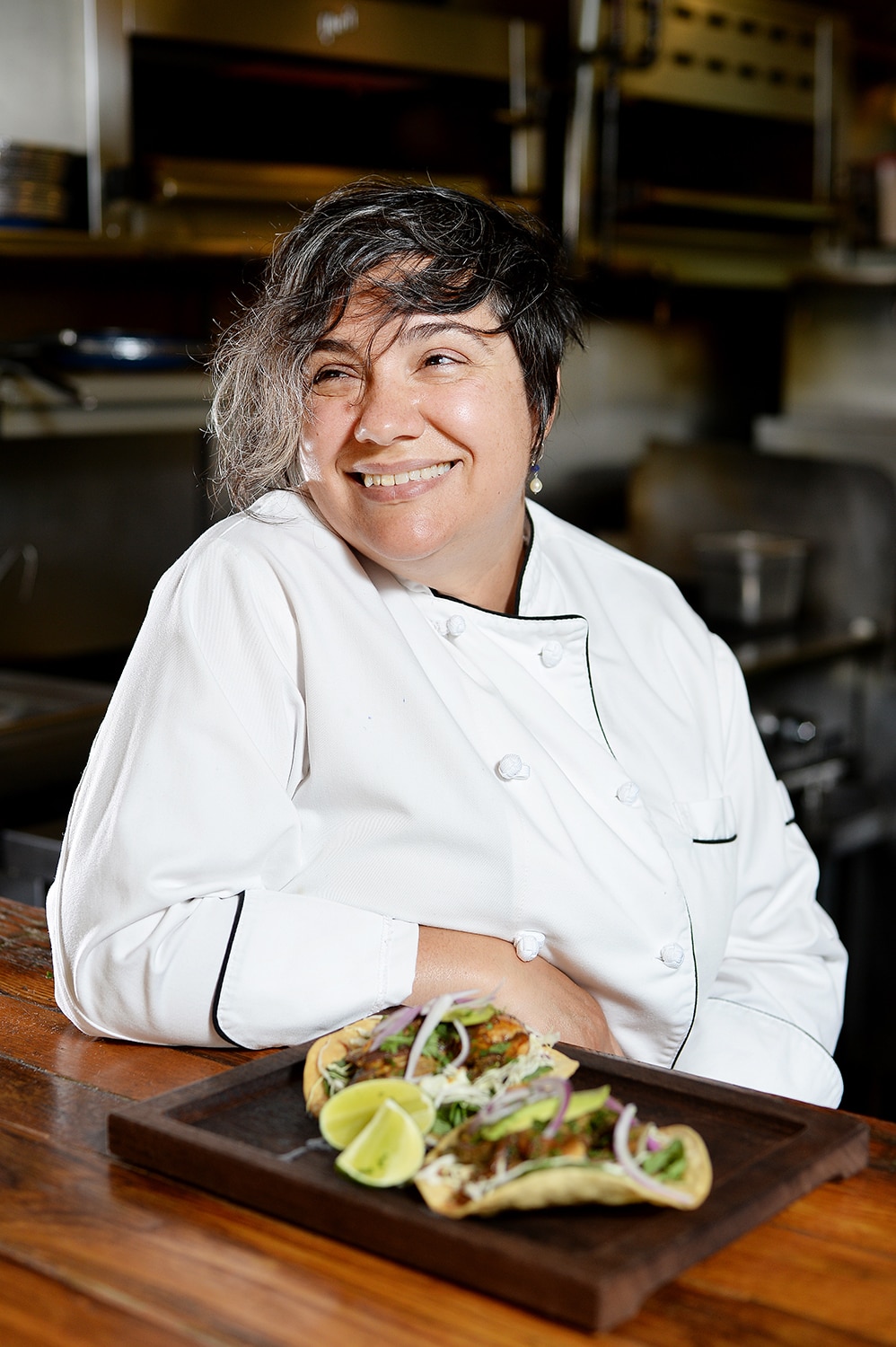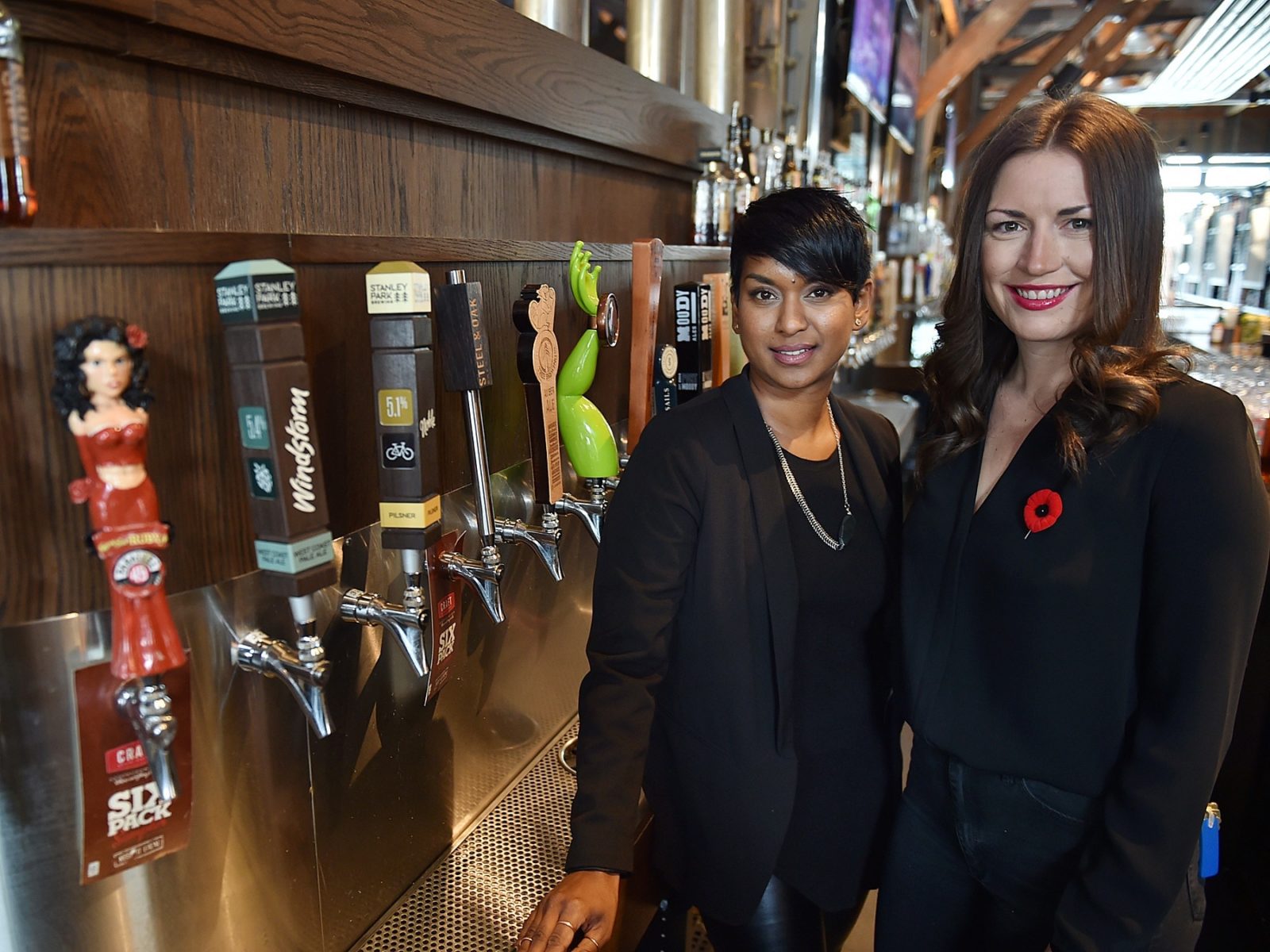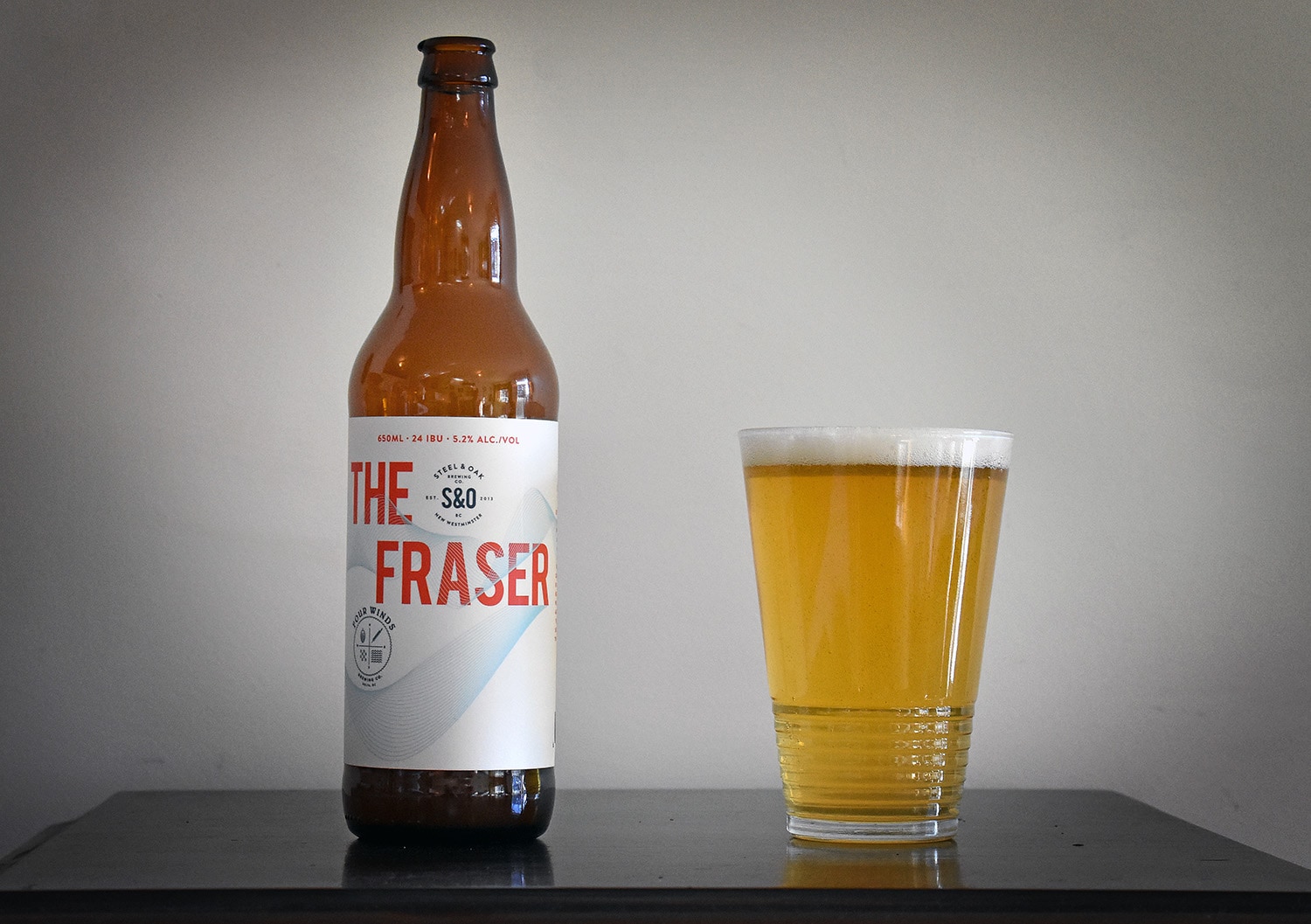
Lambic, gueuze, kriek, oud bruin, Flanders red, kettle sours, spontaneous fermentation, coolship, brett, lacto, pedio, foeder, or is it foudre?
In the realm of sour beers a lot of names and terms get flung around. If you’re someone who enjoys tasting sours but don’t really know much about them, look no further. Here is your cheat sheet on the world of sour beers.
Sour Beer Basics
Sour beers are usually fermented with typical brewers’ yeast, Saccharomyces cerevisiae, and then purposefully soured by Lactobacillus and Pediococcus bacteria, which create lactic acid during fermentation instead of alcohol. Brettanomyces bruxellensis yeast also often plays a role in the final conditioning, producing acetic acid (AKA vinegar). Sour beers are often aged in foeders (big oak vessels, also spelled “foudre”) or wooden barrels. Usually, these are used wine barrels rather than new barrels or ones that previously held spirits because the wood or spirits character are not desirable. Rather, the wooden vessel provides a home for the microorganisms and it allows for micro-oxygenation, which those critters need to thrive.
Traditional Belgian Sours
This traditional method of sour beer production developed in Belgium where certain beers are spontaneously fermented in open-air “coolships” (large, flat, rectangular tanks) and then aged in oak barrels for several months or years before being released. Bottled versions are often blends of multiple vintages, ensuring that the best flavour profile is achieved. The main category of traditional Belgian sours is lambic (named for the town of Lembeek), which includes gueuze (blended with no fruit), kriek (fermented with cherries), frambois (raspberries), peche (peaches), and cassis (currants). Lambic is a protected name like champagne, so no brewery outside of the Senne River Valley is allowed to use that term. Lambic producers include Cantillon, Boon, 3 Fonteinen, and Tilquin (which is a blender using lambic bought from breweries).
Other Belgian sours aged in wood include oud bruin (sour brown ale) and Flanders red (sour red), which are often aged in foeders rather than in barrels. Even though they may exhibit cherry or plum flavours, no actual fruit is involved. Examples include Rodenbach in Belgium, Strange Fellows’ Reynard and Driftwood’s Latus in B.C.
B.C.’s Sour Past
Sour beers in B.C. date back to the mid-1990s when Iain Hill (then of Yaletown Brewing) returned from a trip to Belgium with a love for lambic. He visited James Walton at Storm Brewing who was about to dump some beer that had gone off, but Hill persuaded him to hold on to it.
“Time went by and he put them in barrels and the beer became incredible,” Hill recalls. “We toasted with James’ kriek at our wedding instead of wine, and honestly it tasted like Cantillon. It was amazing.”
Hill began making oud bruin at Yaletown in the mid-2000s, and Driftwood Brewery began its sour beer program soon after it opened in Victoria in 2008. Central City has been making traditional sours since opening its new brewery in 2013. Since then, several other B.C. breweries have joined the sour parade, including Brassneck, Bridge, Four Winds, Fuggles & Warlock, Gladstone, the Moon Under Water, Powell, Strange Fellows, Townsite, and others.
Kettle Sours
This modern reinterpretation accelerates the souring process by adding Lactobacillus bacteria to the unfermented wort in the brew kettle or fermentation tank and holding it at a warm temperature for a period of 24-48 hours. Once the desired pH is reached, the wort is boiled to pasteurize it, yeast is added, and fermentation takes place. Within a month to six weeks the beer is ready to go. Sour beer lovers and brewers are divided on whether or not kettle sours taste as good as traditional barrel-aged sours. Many breweries in B.C. make kettle sours, and Four Winds Brewing’s Nectarous won Canadian Beer of the Year in 2016.
Foeder for thought
As Iain Hill of Strange Fellows Brewing says, “Foeders are just gigantic barrels,” but with much less wood surface area for the volume of beer. Most breweries use them to age sour beers slowly for several months and then transfer the beer to stainless steel tanks, perhaps adding fruit for further fermentation, before packaging it. In B.C., several breweries have foeders, including Brassneck (Stockholm Syndrome and others); Central City (several releases including Pia most recently); Four Winds (several beers including Pomona); Strange Fellows (Coup de Foudre and others) and Townsite, which is going to start running beers through its new foeder on a six-month rotation schedule.
Solera Method
Based on the Solera method of port-making, this involves keeping back a small amount of beer in the foeder (or barrels) when the beer is drained and then adding fresh wort to that, re-starting the fermentation from the same culture like sourdough bread. Gary Lohin at Central City does this in the 2,500-litre foeder at the Red Racer pub in Vancouver where he has no actual brewhouse. Instead, he trucks in wort from the brewery in Surrey and pipes it into the foeder.
Spontaneous Fermentation
Another way breweries produce sour beers is by developing a “house culture” of yeast and bacteria and then honing in on desirable flavours coming through in specific barrels over the course of several months or years. The best example of this in B.C. is Townsite Brewing’s Bois Sauvage series.




